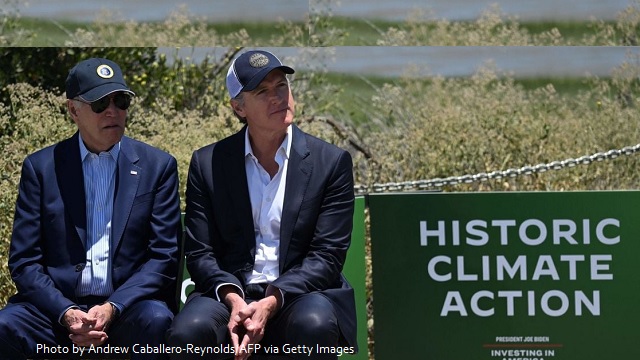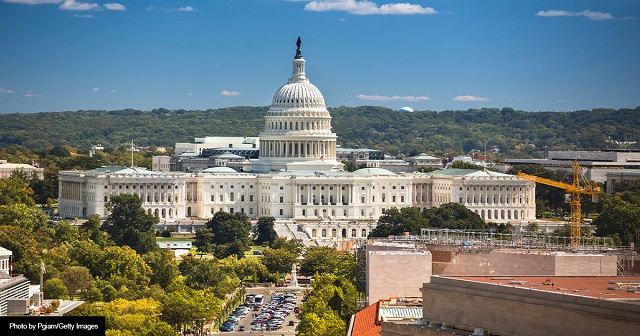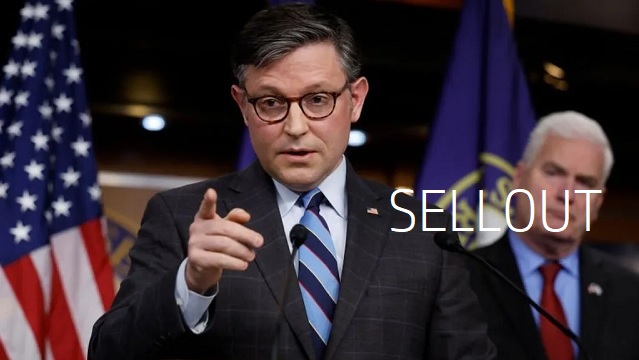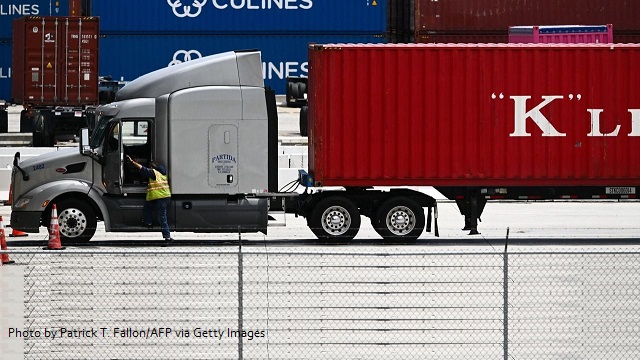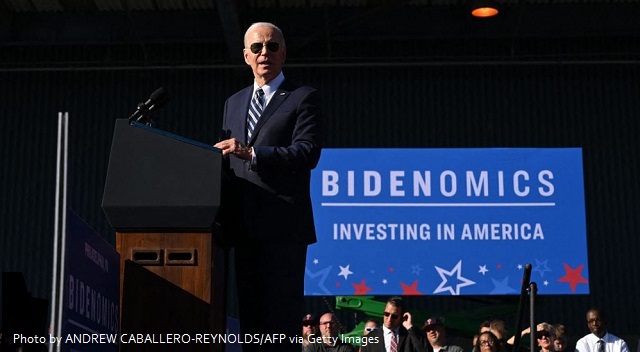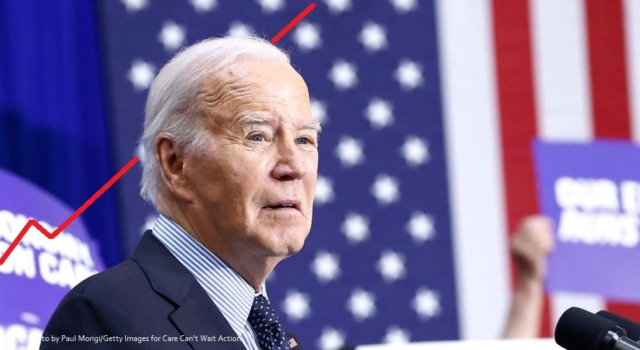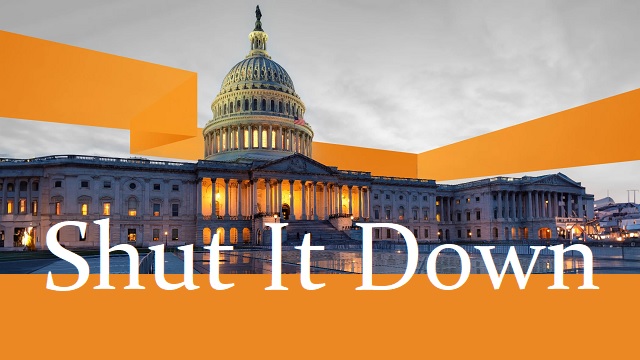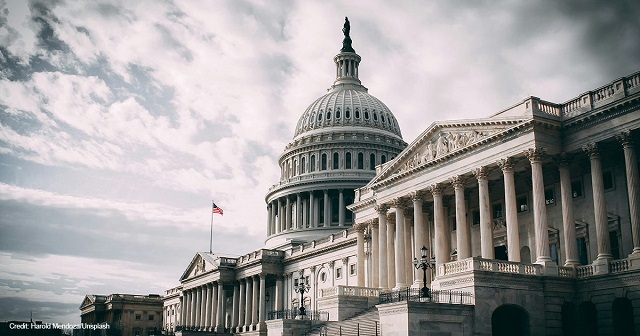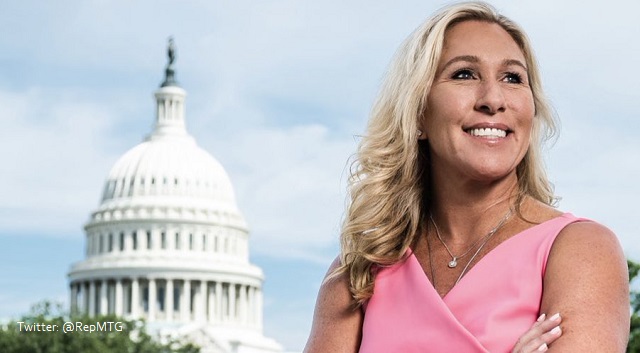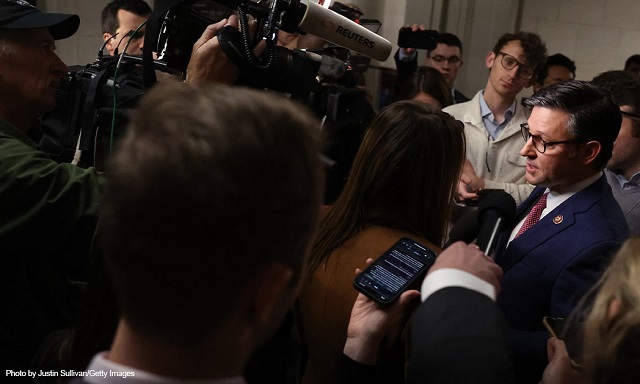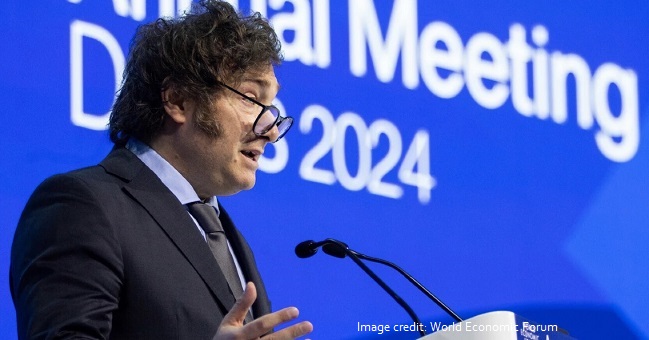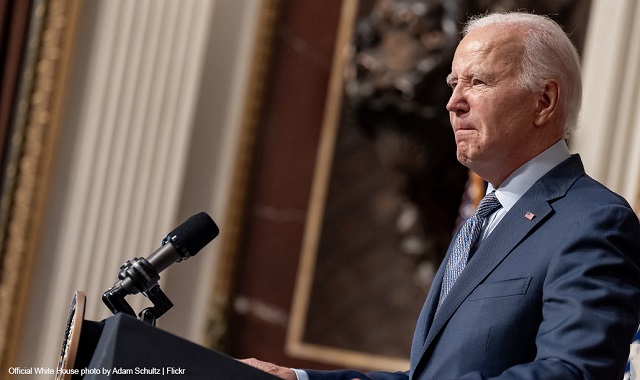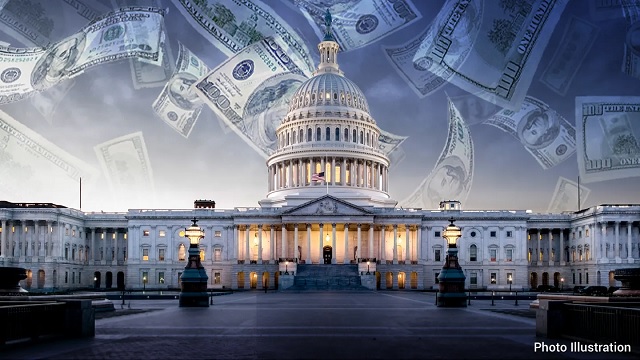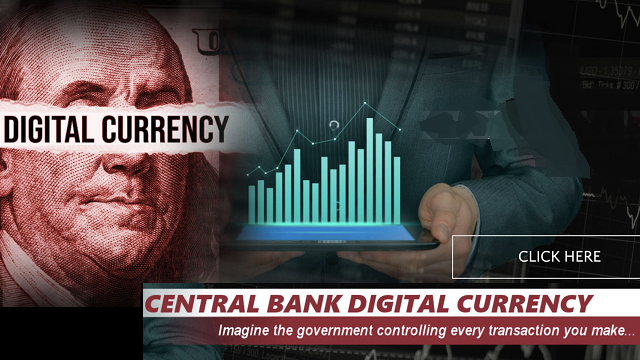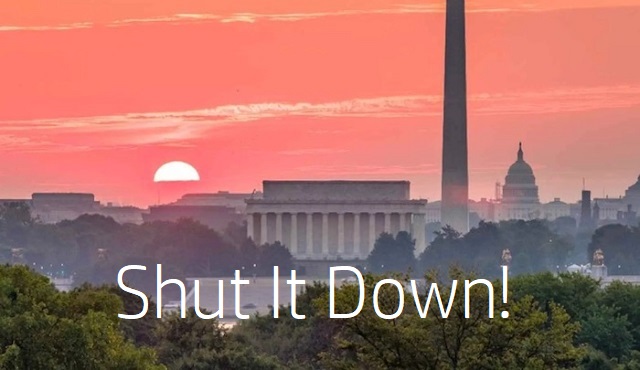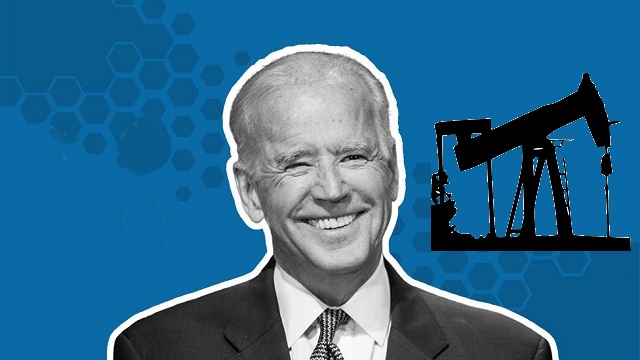‘Too Little, Too Late’: Congress’ $60 Billion Aid Package Won’t Get Ukraine Off The Ropes, Experts Say
By The Daily Caller

Congress’ new $60 billion aid package is unlikely to move the needle in Ukraine’s war against Russia, experts told the Daily Caller News Foundation.
The House overwhelmingly voted to pass the $60.8 billion package on Saturday that aims to bolster Ukraine’s war effort and replenish U.S. stockpiles, and the Pentagon is reportedly quickly sketching up a plan to deliver Kyiv tactical vehicles, armored personnel carriers and missiles if the bill is ultimately signed off on by President Joe Biden, according to Politico. But given the lack of an endgame strategy to end the war and Ukraine’s failed counteroffensive in the face of a growing Russian military, the aid could help bolster Kyiv’s defenses for a while, but is unlikely to push it closer to a military victory, former U.S. officials and defense experts told the DCNF.
“By itself, the latest tranche of U.S. aid is not zero-sum and it’s hard to imagine it will prompt a turning point in the war. However, if used properly the funds should be helpful for a period of time,” Michael Bars, former White House senior communications advisor and National Security Council official, told the DCNF. “It’s disappointing that another $60 billion went out the door without a penny for U.S. border enforcement, on which the Speaker long-conditioned additional Ukraine aid.”
Speaker of the House Mike Johnson, who helped spearhead the bill’s creation and passing, previously insisted that any future Ukraine aid needed to be tied to border security. Johnson ultimately discarded that idea and helped pass the Ukraine bill separately, provoking ire from several GOP lawmakers.
This is the U.S. House of Representatives under the direction of Speaker Mike Johnson. Democrats are celebrating his total capitulation with no victory for securing our border. #MTV pic.twitter.com/TtaIgnX9eg
This is the U.S. House of Representatives under the direction of Speaker Mike Johnson. Democrats are celebrating his total capitulation with no victory for securing our border. #MTV pic.twitter.com/TtaIgnX9eg
— Thomas Massie (@RepThomasMassie) April 20, 2024
“I think there’s not enough money available, either in this bill or in a much larger one, to help Ukraine achieve their goals of retaking all their territory or even go on offense in a sustained way,” Benjamin Friedman, policy director at Defense Priorities, told the DCNF. “So in a sense, moving forward is beyond their grasp, even if we give them a lot more weapons. The aid might be useful in helping them hold the line and not suffer some kind of breakthrough where the Russians start to make real progress. So I think it’s a little bit opaque exactly how dire things are for Ukraine.”
Ukraine has thus far received approximately $73 billion in aid, including military and economic assistance, from the U.S. alone since the country’s war with Russia began in February 2022. Ukraine has burned through existing aid and yet has failed to make any territorial advances in its counteroffensive operations.
Ukraine suffers not only from a lack of munitions and weaponry but also a shortage of manpower, having lost an estimated 70,000 troops as of December, U.S. officials previously told The New York Times. Ukrainian forces took a significant blow during the withdrawal of Avdiivka in Eastern Ukraine amid a shortage of manpower as Russian forces advanced and seized control of the city.
Zelenskyy is lowering broadening conscription standards in a bid to increase mobilization, but it may be too late to make a difference now, even with additional munitions, Michael DiMino, a senior fellow at Defense Priorities and former CIA officer, told the DCNF.
“It’s kind of too little, too late,” DiMino told the DCNF. “Even if you mobilize those people now, you’re 30 points down right now… if you want to do the right thing, Zelenskyy should have made that call two, three years ago at this point.”
Complicating matters further is Russia’s military-industrial complex, which, despite heavy sanctions from the West, is at full operational capacity and producing armaments at a swift rate. Despite sustaining heavy manpower losses, Russia’s military has recovered back to pre-war levels and is growing much faster than Ukraine’s, head of U.S. European Command Gen. Christopher Cavoli warned Congress last week.
“It appears that Russia, with a reputedly sanction-proofed economy, is prepared for a long haul and will continue insisting on territorial concessions from Ukraine,” Bars told the DCNF. “This will put the U.S. on the hook for even more aid down the road as part of protracted conflict.”
Russia has economically allied itself more closely with Western adversaries such as China, Moscow’s largest trading partner as of 2024, to ease some of the weight of sanctions. Russia has also deepened its military cooperation with Iran and North Korea, both of whom are also burdened by sanctions.
The new Ukraine aid package, if signed into law, will provide Kyiv with approximately $14 billion for the direct purchase of weapons and munitions through the Pentagon’s Ukraine Security Assistance Initiative. At least $13.4 billion will go toward replenishing the U.S.’ weapons stockpile, which can be transferred to foreign allies through the presidential drawdown authority.
Roughly $10 billion will be provided as an economic loan under the package, which the president would eventually be able to waive in its entirety.
“The loan system itself is an innovation and allows for much-needed oversight. Otherwise, it would be a straight grant and no oversight,” Johnson’s office told the DCNF on Monday. “Every single dollar that goes to Ukraine for aid is now a loan. The other money goes to our own national security and replenishes our stockpile.”
“The loan system is split in a tiered system so it cannot all be forgiven immediately or at one time,” Johnson’s office told the DCNF. “The process for congressional review puts heavy oversight on the president’s ability to forgive the loan.”
DiMino told the DCNF he is not opposed to sending Ukraine more military aid so long as it is attached to a cohesive war strategy, which he felt has thus far not been presented by the Biden administration or supporters in Congress.
“Whether people are in favor of the aid or not, I don’t really care about that. What I care about is, what is the theory of victory? I would argue right now that this current administration does not have a theory of victory.” DiMino told the DCNF. “President Biden mentioned Ukraine for two minutes at the top of the State of the Union, and he said, ‘Putin is evil, and democracy is important.’ And that’s great, and we can probably agree on that. But that’s not a strategy to win a war. That doesn’t actually discuss the tactical realities on the ground.”
“$50 billion, $60 billion, $10 billion — it doesn’t matter. It has to be tied to a strategy and to an objective that’s achievable,” DiMino told the DCNF. “It has to be a realistic objective. And I would argue that taking back 100% of Ukraine’s territory is not really a feasible military objective at this juncture.”
AUTHOR
JAKE SMITH
Contributor.
RELATED ARTICLES:
House Bursts Into Pro-Ukraine Chant During Foreign Aid Vote
NBC Host Presses Zelenskyy On Timeline Of Ukraine War After House Passes More Funding
EDITORS NOTE: This Daily Caller column is republished with permission. ©All rights reserved.
All content created by the Daily Caller News Foundation, an independent and nonpartisan newswire service, is available without charge to any legitimate news publisher that can provide a large audience. All republished articles must include our logo, our reporter’s byline and their DCNF affiliation. For any questions about our guidelines or partnering with us, please contact licensing@dailycallernewsfoundation.org.

